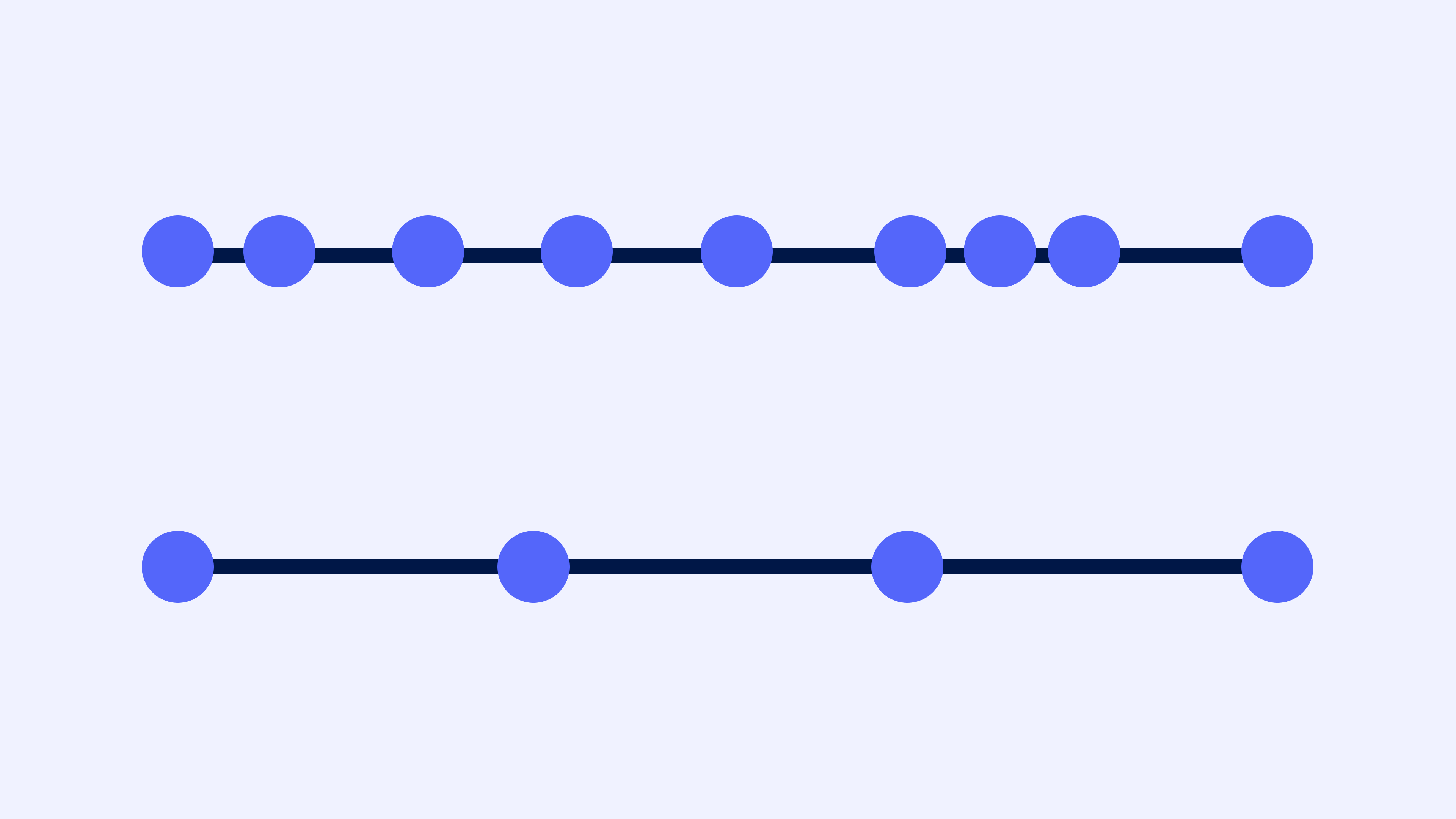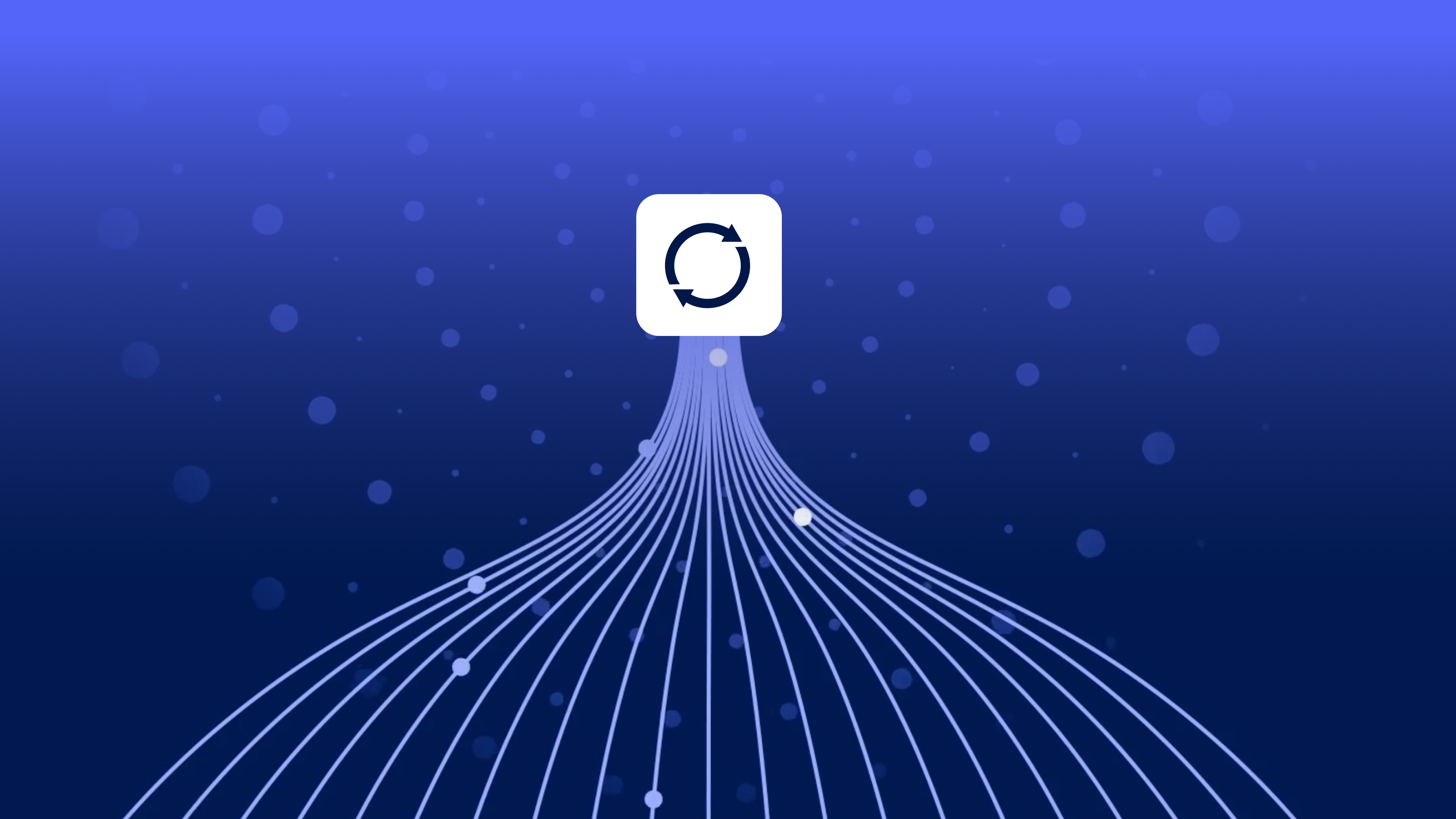Add this to the pile of “2025 is the year of the forward deployed engineer (FDE)” takes. But rather than telling you it’s happening and why, we’re going to show exactly what it looks like in practice.
Even if you’ve never heard the term, if you work in healthcare and have lived through any of the major platform shifts over the last two decades (e.g., analog to digital; on-prem to cloud), you already know what FDE is: small, elite technical teams deployed directly to client sites to discover, design, and build entirely new solutions.
FDE is having a moment because enterprises across industries are racing to deploy AI agents with no playbook. And unlike other enterprise software, AI fails in a very specific way: not because the models are bad, but because they don’t fully understand the environment they operate in or the context required to do their job effectively.
While others are just discovering FDE, Cedar has spent nine years in the hardest possible training ground: U.S. healthcare, where “standard integrations” is a punchline and every deployment hides 0-to-1 problems. What sets our approach apart is that we engage as a co-innovation partner, not just a vendor. We’ve proven that deep technical investment in partnerships compounds returns over time: for providers, for patients, and for Cedar.
Here’s how nearly a decade wrestling with messy, service-heavy implementations—and the technical and operational fluency that comes with it—prepared us to co-create breakthrough solutions with our clients to solve some of their toughest business problems.
Building the foundation: wrangling implementation complexity
“Implementations are hard”
It’s an adage we’ve said at Cedar since our inception (we even put it on a hoodie!), and anyone who’s entered this space knows there’s a gulf between the glossy sales slides of “seamless integrations” and the messy reality of data flow diagrams. That’s why, from day one, our approach has been to embed our engineers directly alongside client experts, allowing us to unearth the kinds of unwritten rules and architectural archeology that are critical to successful deployments.
To understand why these integrations matter, let’s start with what Cedar Pay, our flagship product, does. Cedar Pay dramatically improves the healthcare financial experience for patients (notoriously complex and confusing) and strengthens collections for providers (increasingly crucial for their financial performance). We do this through patient-friendly bill explanations, modern communication methods, and convenient payment options.
The integrations needed to power this product are complex no matter the setting, from small physician offices to academic medical centers. When we partner with customer technical and operational teams, understanding not just their workflows but the systems that underpin them, we encounter challenges like:
- Data modeling: Navigating patient-centric vs. guarantor-centric vs. specimen-centric systems
- Systems of record management: Systems that soft-delete vs. hard-delete and append-only systems
- Data exchange methods: API-driven systems vs. HL7v2 and FHIR vs. flat file-based exchanges
- Custom workflows: Established workflows vs. individual facility and location processes
These are the kinds of challenges that, sitting alongside our customer partners, require rapid iteration as new details, new workflows, and new processes are discovered. This deep relationship building directly informs the bespoke development required to reflect client operational workflows and business constraints, even in our more standard offering.
Here’s how that played out for one customer:
Case study: syncing with multiple systems
At a large laboratory diagnostic organization, we faced the classic multi-system problem. Their billing system was the source of truth for financial data, but a separate user service, fed by multiple upstream systems, held more accurate patient demographics (e.g., DOB, address, consent; etc.).
To solve this, our cross-functional team embedded with the client to map their end-to-end workflows, which systems spoke to the user service, when and what data they transmitted, and the conditions for which data took precedence. We discovered that while all users originated in the billing system, demographic updates only happened in the user service, alongside a number of rules about when users were created and how to reconcile the systems when demographics data was provided before the user source system created an account—a classic race condition.
In addition to the client system, Cedar also accepts updated customer demographic information, requiring a new sync back to the customer’s upstream systems to ensure they had the latest information from our platform. This meant building a new API-based integration to the user information service each time a patient’s demographics or consent information changed. This required an intricate, multi-directional integration to ensure data was always updated, everywhere.
Without weeks of immersive discovery work, delivering an effective solution for this client would have been near impossible. And this is just one example of where FDE shows up in the implementation of our “standard” product. The same embedded, iterative model that drives our implementations doesn’t stop at go-live—it’s the foundation for how we co-create entirely new solutions with our partners. The deeper we embed, the more opportunities we uncover for breakthrough innovation.
Beyond implementation: co-innovation and 0-to-1 development
Embedding with client teams lays the foundation for evolving our partnership beyond a typical implementation. And this is the starting point for what we call co-innovation: tight discovery and rapid iteration that delivers breakthrough solutions for our clients and informs Cedar’s roadmap.
This model of 0-to-1 development has powered some of Cedar’s most important innovations over the years. Two recent examples that we’re particularly proud of: Coordination of Benefits (COB) denials resolution and Kora, our AI voice agent purpose-built for patient billing support. In both cases, we built new workflows and systems from the ground up, solving painful operational problems that simply didn’t have an answer.
Case study: Coordination of Benefits (COB)
COB issues, which could happen when patients have multiple insurance plans and there’s confusion over which pays first, weren’t something we planned to tackle upfront. It surfaced to our teams at two key provider partners, both struggling with these costly denials. What became immediately clear was that each environment managed denial resolution in different ways (e.g., manual staff queues; mailed letters), and that no effective off-the-shelf solution existed. What’s more, there was clearly an incentive mismatch: insurers had little reason to improve the process, while providers lacked the technology to engage patients at scale.
We forward-deployed product developers to work directly with these teams. They sat in on staff sessions, traced how denial files moved through each workflow, and built quick data extracts and low-fidelity prototypes to rapidly test ideas. Because the workflows and expectations were so different, our focus was on delivering success in each environment, which led to tailored solutions tuned to the needs of each provider.
On the technical side, we had to build new ingestion to parse COB denial codes in 835 remittance files. For speed, we started with ad-hoc flat-file integrations, then engineered toward 835s as the reliable system of record.
We used Cedar’s low-code implementation framework so client-specific rules could be configured rather than hard-coded. We also built schedulers to decouple patient outreach from file cadence, plus net-new ETLs to send nightly updates back into provider systems.
The result: working solutions for each provider and an immediate and significant increase in resolution of COB denials. And while our priority was tailoring to each client’s immediate needs, the insights from these engagements allowed us to lay the groundwork for a scalable solution that we could then bring to the wider market.
Case study: Kora, our AI voice agent
The idea for Kora emerged from frustrations we saw in health system call centers: the difficulty of accurately forecasting call volumes and staffing appropriately, patients navigating confusing IVR menus, and inconsistent service quality during demand spikes. We knew that with Cedar’s platform scale (already engaging over 30 million patients annually), and the new wave of agentic AI, we were uniquely poised to solve these problems in a transformative way.
From the outset, we applied our FDE model:
- Engineers and data scientists embedded with client teams, ingesting large archives of call recordings to perform large-scale analysis and identify the most promising early use cases.
- We shadowed agents to map escalation rules and compliance guardrails, and worked closely with call center managers to train operators on the Kora copilot. This focus on operator adoption enables agents to immediately greet identity-verified patients by name and address the intent of their call.
- We ran architecture walkthroughs with client stakeholders, iterating on integration design, security provisions, and the interface between AI-driven automation and human agents, including working directly in the client’s call center software to orchestrate the warm transfer from Kora to a live agent.
Rapid prototyping was critical. Our teams wired quick integrations into live call flows, brittle but good enough to test whether an AI voice agent could safely handle common intents, maintain high service quality, and escalate to humans when needed. Iterations came fast: early transcripts revealed where automation delivered value, where it failed gracefully, and where escalation to humans was essential.
Technically, the solution required new design patterns:
- Hybrid AI + deterministic guardrails. LLM-based natural language understanding bounded by rule-based checks for PHI-sensitive actions.
- Event-driven orchestration. Real-time speech synced with asynchronous system lookups for balance checks and account verification.
- Safe fallback mechanisms. Automatic warm handoff to agents when confidence thresholds aren’t met or when a patient’s issue is clearly outside of what Kora offers, preventing it from attempting to resolve problems it wasn’t designed for.
- Continuous learning loops. Supervised review of transcripts feeding back into prompt tuning and classifier refinement.
The result was a healthcare-grade AI voice agent, engineered for safety and reliability and tailored to the workflows of each environment. Kora has reduced human agent handle time by 16.5%, and this number is expected to grow to 30% by 2026.1 And, just as with COB, the lessons from these forward-deployed engagements laid the foundation for a scalable offering, but only after success was delivered locally.
The real lesson from a decade of FDE
It’s not that healthcare is complex. Everyone knows that. It’s that FDE must happen in spite of that complexity.
Breakthrough solutions come from understanding which problems need solving, what edge cases matter, and how technology must adapt to environments that weren’t built for it (and not the other way around).
Many vendors arrive with AI agents in search of problems. They have impressive demos and feature lists, but they lack the hard-earned experience of knowing what truly drives operational outcomes. Cedar’s advantage is that we didn’t start with an algorithm then look for a place to deploy it. We’ve navigated some of the gnarliest technical terrain in healthcare, while solving problems that our customers never thought possible.
If you’re looking to tackle real patient and business problems—0-to-1 challenges from first principles, side by side with some of the largest health systems in the country—join us. And if you want a partner who will embed deeply with your teams, co-innovate on your toughest challenges, and deliver scalable solutions that transform the healthcare financial experience, let’s talk.
Justin Pines is Director of Client Enablement at Cedar
Brandon Smith is Sr. Engineering Manager at Cedar
- Cedar (2025). Based on a Kora pilot for one alpha client. Performance not guaranteed. ↩︎



